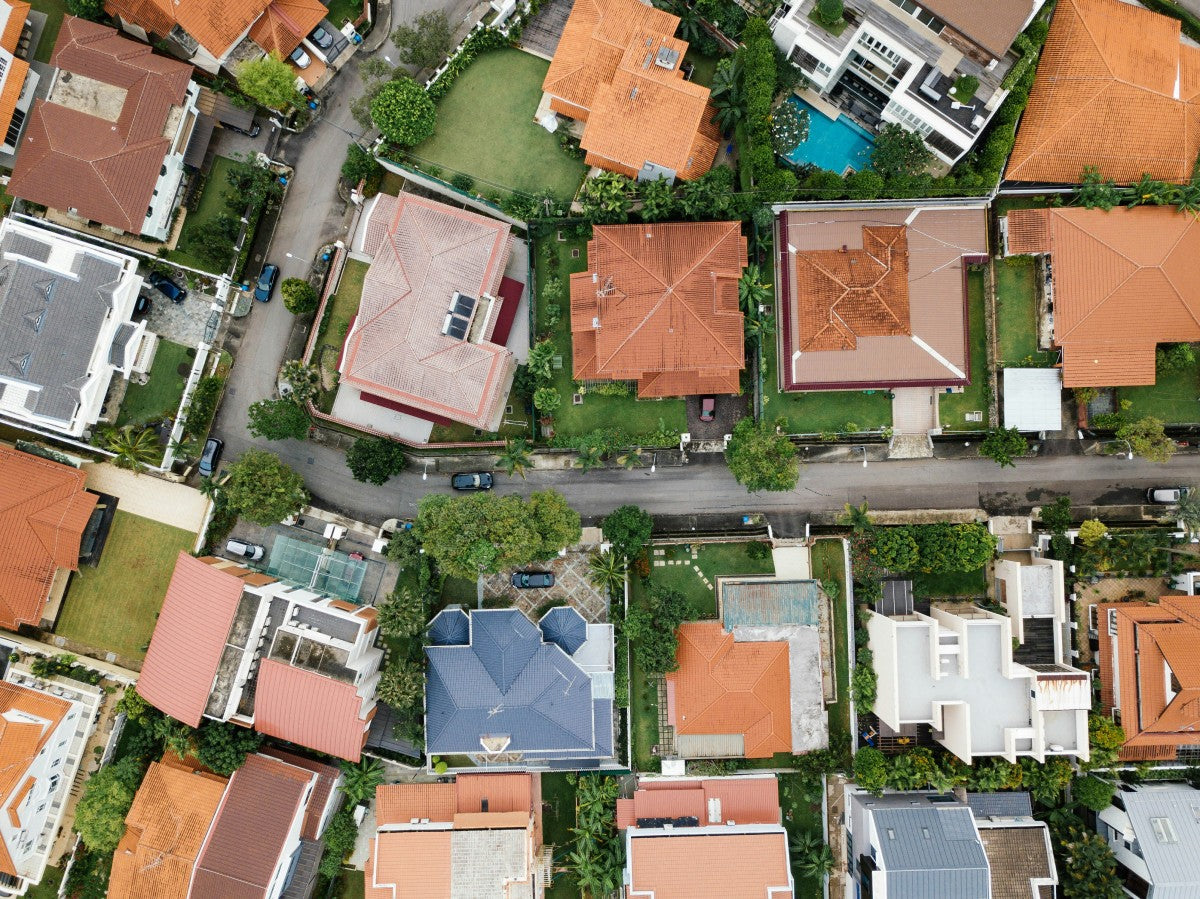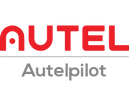The development of drone technology is benefiting various industries. As drones become mainstream, their application in the insurance industry is expected to increase over the next decade.
Drone technology, with its efficiency, safety, and precision, is revolutionizing the insurance industry. Commercial drones not only help insurance companies improve operational efficiency but also provide more accurate assessments and risk management. Today, we will explore how drones can benefit the insurance industry.
Drone Applications in the Insurance Industry

Fast and Accurate Loss Assessment
Risk assessment and post-disaster assessment will be among the biggest changes brought about by drone imaging and photogrammetry technology. When assessing risk, insurance companies look for various indicators of risk and damage to determine customer premiums and claim amounts.
After a natural disaster, drones can fly to the disaster area immediately, quickly capturing images and detecting details invisible to humans, thereby improving accuracy and providing data support for claims processing.
Reducing Claims Costs
Cost savings are another major advantage of drone technology. The use of unmanned aerial vehicles (UAVs) can improve the efficiency of loss assessments and save significant costs associated with manual inspections. Traditional claims assessments can take days or even weeks to complete, while drones can complete the entire assessment process in just hours, speeding up claims settlements and improving customer satisfaction.
Insurers can also use drones to reduce fraud risk. Drones' highly detailed imaging and photogrammetry systems can reduce fraud. Drones' real-time on-site transmission capabilities help improve insurance companies' accuracy.
How can insurance companies use drones for claims services across various industries?
The insurance industry has begun to widely adopt drones to improve efficiency, reduce costs, and provide customers with more accurate data and services. They offer unparalleled solutions in areas such as loss assessment, risk monitoring, agricultural insurance, and building inspections.
Post-Disaster Assessment: Responding to Natural Disasters

Natural disasters, including floods, earthquakes, and fires, are a significant risk area for the insurance industry. Traditional loss assessments typically require large on-site personnel, which is not only time-consuming and labor-intensive, but can also be delayed by weather conditions or inaccessible transportation. Drones offer a solution to this problem.
Drones can fly to disaster areas immediately after a disaster, quickly capturing high-definition images and videos to help insurance companies assess the extent of damage to buildings, farmland, roads, and more. For example, after a flood, drones can capture panoramic views of the affected area, providing immediate insights into the most severely affected areas and the extent of infrastructure damage, providing data support for claims processing.
Using drones, insurance companies can not only expedite post-disaster assessments but also avoid the high risks associated with manual surveys. Drones can be particularly effective in hazardous areas, such as fires and chemical spills, by minimizing worker exposure.
Construction and Real Estate Insurance

Drone aerial inspections play a vital role in building inspections and real estate insurance. Drones can regularly inspect building exterior structures, rooftops, and high-rise facades, monitor construction progress, and mitigate risks.
Insurers can use the high-definition images and videos captured by drones to assess building risk levels and provide more accurate insurance pricing.
Agricultural Insurance

Agricultural insurance is a key area for drone applications, particularly in crop monitoring and post-disaster assessments.
Agricultural drones monitor the growth and health of crops, while mapping drones can accurately measure farmland area and crop density. Insurance companies can use drones to obtain accurate crop data, assess risks, and process claims.
After natural disasters such as floods, droughts, and hailstorms, insurance companies can use drones to assess crop damage. Aerial footage allows for a quick overview of the disaster's impact, enabling faster claims settlements for farmers.
Auto Insurance

Drone applications in auto insurance primarily focus on accident scene inspections and the claims process. Transportation departments also frequently use drones for road control and incident response.
Drone cameras can quickly reach accident scenes, collect images and video footage, and assist insurance companies in loss assessments. Drone remote inspection capabilities can eliminate the need for manual inspections and site visits, saving time and manpower.
Risk Management and Prevention

Drone's 24/7 rapid response makes it suitable for deployment in any industry and scenario. Commercial drones can provide long-term, large-scale aerial surveillance, effectively identifying potential risks.
Drones can regularly inspect forest firebreaks, oil and gas pipelines, power facilities, and other areas for potential safety hazards, advising customers to take preventative measures and reduce future claims risks.
Challenges Facing Drones in the Insurance Industry
While drones hold broad application prospects in the insurance industry, practical applications still face certain challenges:
Regulatory Restrictions: Different countries and regions have varying regulations regarding drone operations. No-fly zones and altitude restrictions in certain areas may impact drone use.
Data Privacy and Security: The images and data collected by drones involve customer privacy, and insurance companies must ensure that data storage and transmission are secure and comply with relevant privacy regulations.
Operational Costs and Technical Requirements: Drone operation requires specialized technicians, and maintaining drone equipment also incurs significant costs.
At the same time, some argue that insurance companies' use of aerial imagery to determine homeowner insurance renewals may infringe upon homeowners' privacy.
What Type of Drone is Suitable for Insurance Companies?
Drones are popular among insurance companies due to their diverse service capabilities. Deploying drones can optimize insurance companies' operations, minimize the need for manual inspections, improve process efficiency, and help insurers save costs.
Drone imaging and photogrammetry are essential for successful insurance drone operations.
Drone high-definition imaging can fully reveal details, improving the accuracy of insurance valuations.
Drone thermal imaging can penetrate surfaces, revealing potential structural damage and potential hazards.
Drone photogrammetry can survey terrain and land structures over large areas, improving measurement accuracy and efficiency.
Therefore, when choosing the right drone for the insurance industry, functionality is paramount. The Autelpilot Drone Store offers the high-definition imaging EVO II Pro V3 drone, the thermal imaging EVO II 640T series drone, the surveying and mapping EVO II Pro RTK drone, and the semi-autonomous commercial EVO MAX series drone, ensuring the success of your insurance business or drone operations.
Summary
Drone technology is revolutionizing the insurance industry. It not only helps insurance companies improve the efficiency, accuracy, and risk management of loss assessments, but also plays a significant role in increasing customer satisfaction and reducing operating costs.
As a leading Autel drone dealer, we are committed to providing high-performance and highly secure drone solutions to help the insurance industry thrive.
Read More:








